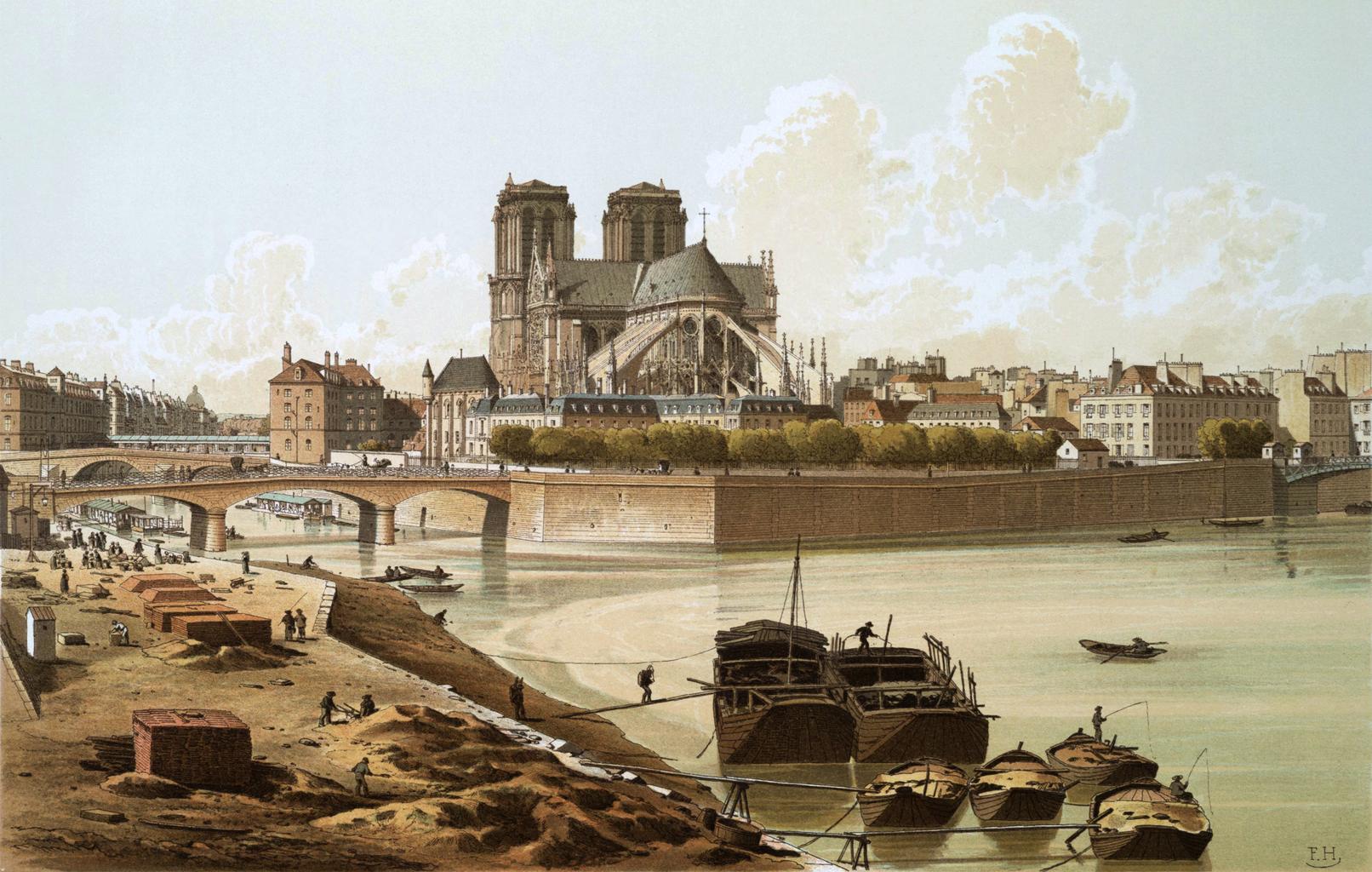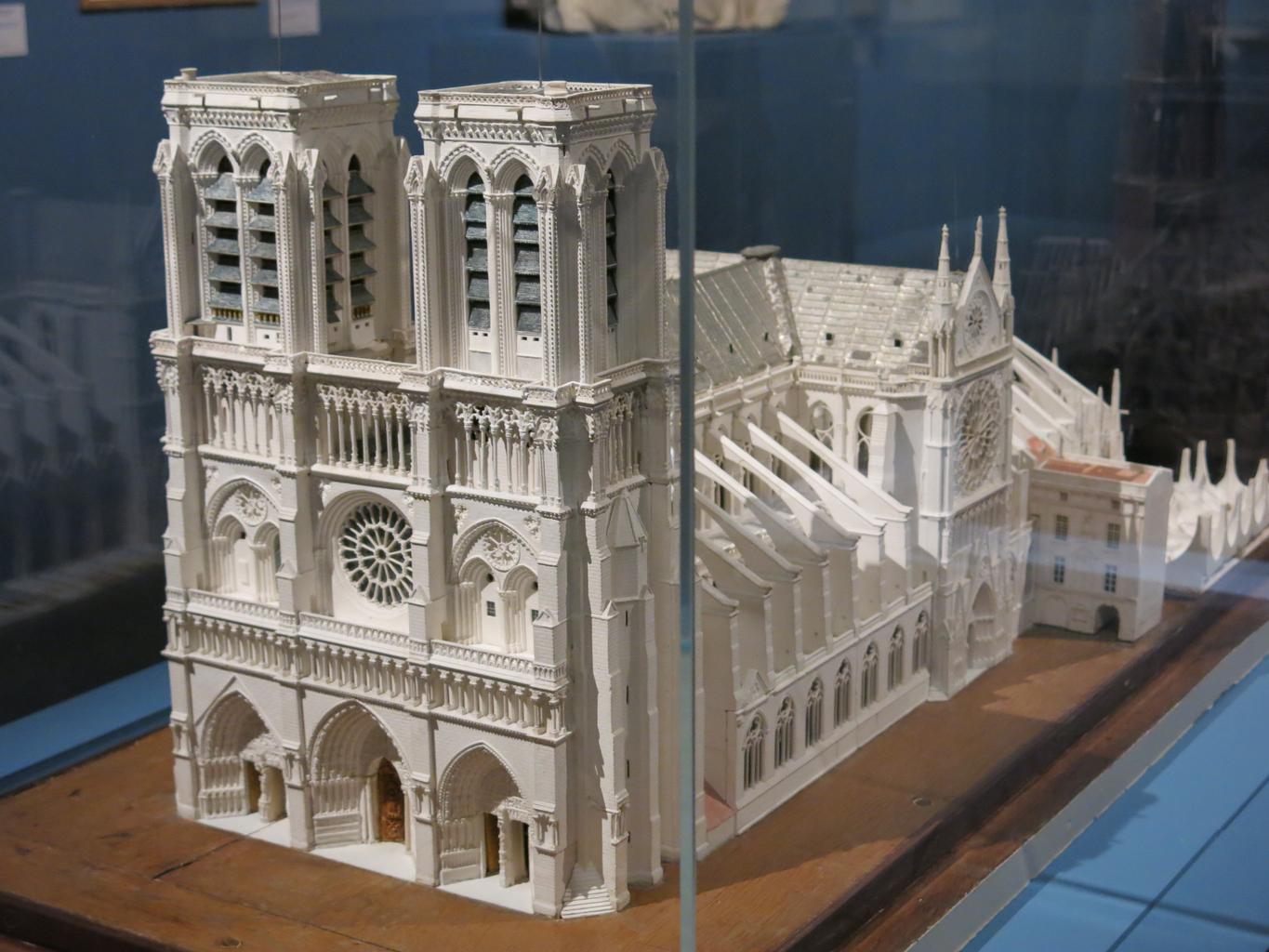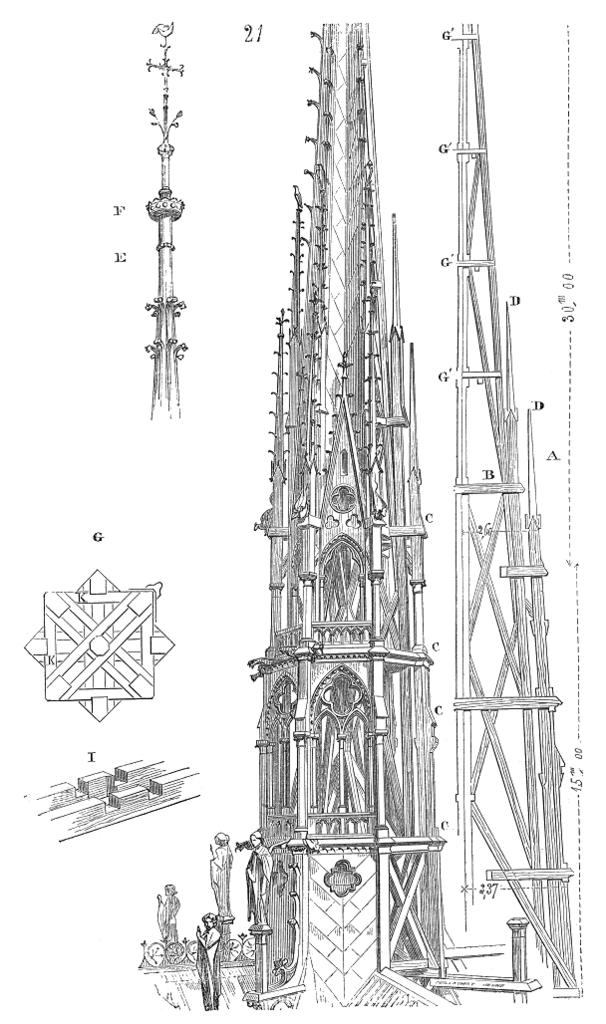
Last year the FRH biennial conference ‘Religious Heritage : Europe’s Legacy for the Future’ started with a concert at Notre Dame de Paris. From all over Europe people gathered to hear sacred music and celebrated religious heritage in this sacred setting. Only months later this very setting was damaged by a fire that was broadcasted across the world. The guided actions of the Parisian firefighters have prevented more damage, defending the towers and preventing the building from heating up. Thanks to their capabilities the structure of Notre Dame is largely intact.
The images of the cathedral of Notre Dame in flames have crossed the world. For many the images of the burning roof recalled fires closer to home. Last year Saint Urbanus’ church in Amstelveen, the Netherlands, a listed monument designed by Gothic Revival architect Cuypers, burned only two years after a major restoration works. The exact cause of the fire remains unclear, much of the building was destroyed, but a short circuit is thought most likely. At Saint Martha’s, a gothic church in Nuremberg, the fire of 2014 was related to ongoing renovation works. A short circuit in the heating system was the cause of a devastating fire at Anzegem, Belgium. The fourteenth century church of Saint Jodok in Ravensburg, Germany, was a tragic case of arson. In 2017 the historic synagogue in Gothenburg, Sweden, was firebombed. Luckily, a disaster could be avoided. At Notre Dame a short circuit in the elevators related to the renovation work at the spire is thought to be the cause of the blaze.
 The devastating fire of Notre Dame has again aroused awareness about fire detection. Soon after the Notre Dame fire building specialist staff of FRH member CRKC, Leuven, Belgium, expressed their concerns about fire prevention. The partners at CRKC have been advocating fire prevention for many years. About three quarters of all churches in Belgium, however, is thought to have no fire alarm. According to Gorduna, the Flemish society for restoration architects, this is due to the sudden halt in government subsidies for installing fire detection systems in 2017. A significant problem in fire prevention is the lack of funds and of political will.
The devastating fire of Notre Dame has again aroused awareness about fire detection. Soon after the Notre Dame fire building specialist staff of FRH member CRKC, Leuven, Belgium, expressed their concerns about fire prevention. The partners at CRKC have been advocating fire prevention for many years. About three quarters of all churches in Belgium, however, is thought to have no fire alarm. According to Gorduna, the Flemish society for restoration architects, this is due to the sudden halt in government subsidies for installing fire detection systems in 2017. A significant problem in fire prevention is the lack of funds and of political will.
The recent fire at Notre Dame, however, was not due to the absence of a fire detection system. According to Le Parisien the fire was detected already at 18:15. Only at 18:50 members of staff were at the right location, possibly due to a GPS failure. Detection at an early stage is not a guarantee for averting total destruction, as the fire at St John-the-Baptist’s church in Anzegem, Belgium, shows. Members of the local choir were assembling around 6pm on an October day in 2014 for choir practice when they witnessed smoke coming from behind the organ screen. Then they heard a big bang. Although the start of the fire, which probably started in the heating system, was noticed at an early stage, the firefighters had no other option than a controlled fire that destroyed all but the stone walls. Calls to pull down what was left were ignored by the municipality of Anzegem, the owner of the building, which was quick to suggest a renovation in spirit of the building was intended. It soon became clear only parts of the church would be restored to be used for worship. The nave and transepts of this church would be given a new community related purpose and be designed in a contemporary style. A new look for a new purpose.
Unlike Anzegem the Notre Dame fire dominated the media across the globe. This international media coverage contributed to the quick generation of funds for rebuilding. For other places of worship good insurance is vital. Donatus in the Netherlands and Trinitas in the UK are examples of insurance companies specialised in covering church buildings.
The global media coverage also expresses the significance of this building. It is not only a living place of worship, it is also a UNESCO world heritage site. Notre Dame is one of the most popular gothic cathedrals and of the most visited places in Europe. There are many different reasons for this popularity. The Hunchback of Notre Dame, the book by Victor Hugo and the films inspired by the book for example. For Catholics it is a living house of worship. The French Laïcité have stressed the cathedral as an expression of humanity. Art historians recall the place Notre Dame has in development of the gothic style and value the stained glass rose windows. Some remembered the cathedral as the location where Napoleon crowned himself Emperor of the French and others have recalled the funeral of President Mitterrand. The Cavaillé-Coll organ is one of the most famous instruments of its kind and the position of titular-organist of Notre Dame comes with much prestige. For restoration architects the Notre Dame is known as the project of Eugene Viollet-le-Duc, the nineteenth century advocate for gothic revival. The cathedral of Our Lady of Paris has many different heritage values and layers of meaning.
 Days after the fire plans for rebuilding were launched. A debate has been initiated by the French pm, Edouard Philippe, about how best to rebuild the cathedral, not only an ecclesiastical building but also a UNESCO world heritage site. The Oeuvre Notre Dame, or Workshop of Strasbourg Minster offered its centuries of expertise, dating back to the times when the works on Strasbourg Minster started. For craftsmen an opportunity to share their knowledge with younger generations. As the French Association Architectes du Patrimoine said in their communiqué (18 april 2019) the great workshop of experts in many different fields is a rare opportunity to pass knowledge on to the young generation. Audrey Azoulay, director general of UNESCO, expressed that the conventional doctrine of rebuilding is not fixed, and recalled the Warsaw Principles for reconstruction of 2018.
Days after the fire plans for rebuilding were launched. A debate has been initiated by the French pm, Edouard Philippe, about how best to rebuild the cathedral, not only an ecclesiastical building but also a UNESCO world heritage site. The Oeuvre Notre Dame, or Workshop of Strasbourg Minster offered its centuries of expertise, dating back to the times when the works on Strasbourg Minster started. For craftsmen an opportunity to share their knowledge with younger generations. As the French Association Architectes du Patrimoine said in their communiqué (18 april 2019) the great workshop of experts in many different fields is a rare opportunity to pass knowledge on to the young generation. Audrey Azoulay, director general of UNESCO, expressed that the conventional doctrine of rebuilding is not fixed, and recalled the Warsaw Principles for reconstruction of 2018.
Notre Dame cathedral is well documented. A reconstruction can draw upon decades, even centuries of studies and research. A wooden model of the construction dating from 1859 can be visited at the Cité de l’Architecture et du Patrimoine in Paris, as well as a model of 1843 before remodelling by the great French restorer Eugène Viollet-le-Duc. FRH committee member Henrik Lindblad, heritage officer at the Church of Sweden, encourages us to not only safeguard and document historic places of worship, but visit them before they are gone in his personal contribution to the FRH Torch initiative. In his contribution he descirbed the old church in Södra Råda in central Sweden, one of the oldest wooden houses of worship in the country, which was lost during a blaze in 2001.
It may be decided to not recreate the massive oak beams construction that originally upheld the roof but instead come with one better adapted, more fire resilient and disaster proof. FRH councillor Thomas Coomans (KADOC/ Raymond Lemaire International Centre for Conservation) explained the situation in St Gudula cathedral, the Brussels equivalent of Notre Dame, on Belgian TV. During previous renovations the numbers of wood in the construction upholding the roof was reduced and the central spire is supported by concrete, not wood. Also a fire detection system and sprinklers were installed during renovation. Plans to recreate the iconic cathedral within five years, in time for the Paris Olympics, seem challenging.
French architect Jean Nouvel said he would be ready to help but that first heritage experts should draft their report. Central is the question how to reconstruct. This public discussion can avert issues as in Berlin, where the question about re-installing a cross on the dome of the Stadtschloss/city palace is still unresolved. In France the debate is currently narrowing down to the spire, the iconic nineteenth addition by Eugène Viollet-le-Duc, that came down burning on Monday 15 April and became the symbol for the fire damaged cathedral. The renaissance of this gothic spire, in its original or in a contemporary appearance, represents the rebuilding of the entire cathedral.
 CRKC chairman and Vicar-General of Saint Bavo, Ludo Collin, called the devasting fire a wake-up call. A call not only for church wardens to check the situation in their house of worship, but also for governments to subsidise the costs of installing fire detection and prevention systems. Not all historic places of worship have the amount of documentation as Notre Dame in Paris. Research, documentation and accurate inventories are essential. Let’s not forget the awareness is already there, at FRH we have met so many people across Europe that care for the conservation of our shared heritage, encouraging every generation to participate in the preservation process. What is crucial now are funds and political will.
CRKC chairman and Vicar-General of Saint Bavo, Ludo Collin, called the devasting fire a wake-up call. A call not only for church wardens to check the situation in their house of worship, but also for governments to subsidise the costs of installing fire detection and prevention systems. Not all historic places of worship have the amount of documentation as Notre Dame in Paris. Research, documentation and accurate inventories are essential. Let’s not forget the awareness is already there, at FRH we have met so many people across Europe that care for the conservation of our shared heritage, encouraging every generation to participate in the preservation process. What is crucial now are funds and political will.
In the words of Ludo Collin, CRKC chairman and Vicar-General of Saint Bavo, the Notre Dame fire has shown the heritage values of this sacred building as a symbol that speaks out to all across Europe, a symbol of shared grief when the spire collapsed. It shows how religious heritage is a unifying element in Europe in times of division and polarization.
Author: Marcus van der Meulen, FRH Committee Member





Follow us: